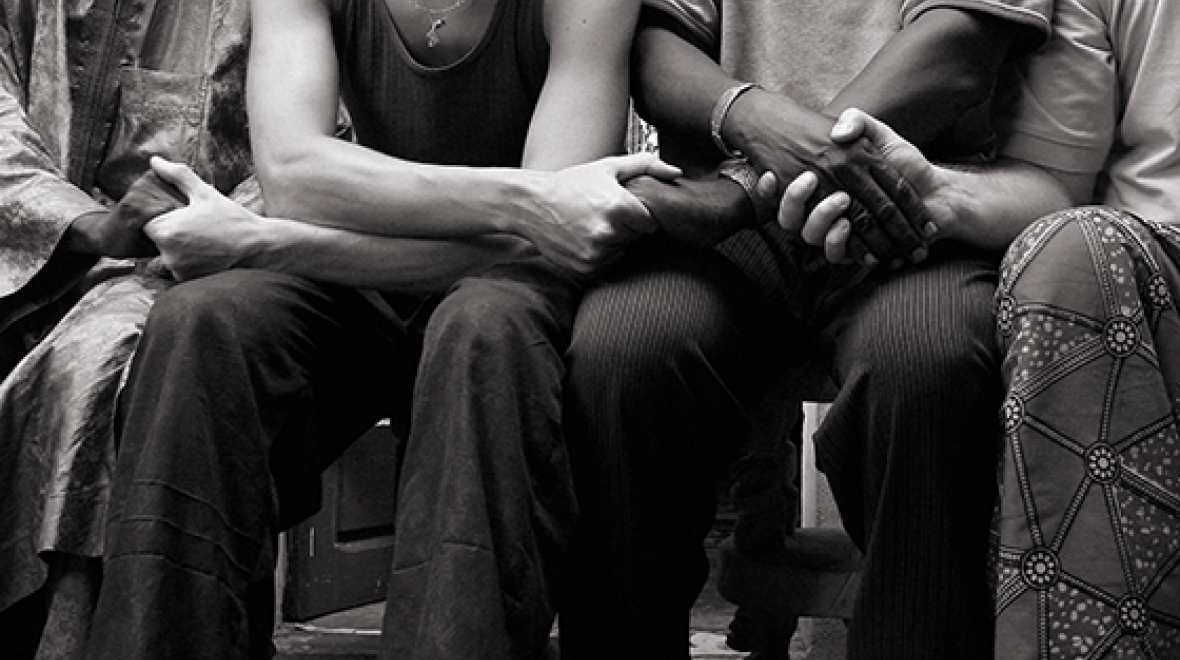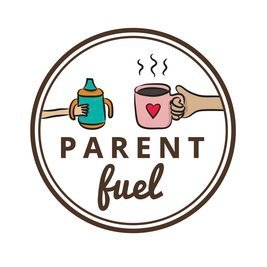
I’m five hours from Seattle, standing on the shore of Lake Ozette while my daughter swims nearby. I’m easing into vacation while chatting about fishing with a fellow camper I just met. Then he says, “Those Native Americans ruined fishing for us, taking all of our fish.”
My mind snaps to attention. I know Native Americans have special fishing rights due to treaties signed between their tribes and the federal government. (After returning home, I’ll look up the 1974 Boldt Decision, which gives tribes “the opportunity to catch half of the harvestable surplus of each run passing through their usual and accustomed areas.”) I know it’s common for fisherman to wish they could use gill nets for fishing the way Native Americans can. I also know that I don’t agree with this man. “I dunno,” I say. “I’m OK with them having lots of fish. It seems we took a lot from them: their land, their lives from smallpox…”
“No,” he interrupts me. “They get land for free now and get to build casinos.”
This man’s child — who’s close in age to my tween — plays in the water nearby. This is no place for rage, neither mine nor his, and so I drop out of the conversation. I make a point of focusing on the water, the birds, my child’s safety, how far we are from city life. I really want to change this man’s mind but I know nothing is as simple as I’d like to make it.
Later my husband joins us and talks fishing with this man, who already told me almost everything he eats comes from hunting. His daughter hunts with him and while she can’t yet filet a fish, she’ll learn this skill, too. It’s good I’ve noted how much this stranger loves his daughter; I overhear him tell my husband that minorities in our country have it easy.
You can’t engage someone who is hateful ... With parenting, getting mad doesn’t show your kids how to effectively deal with conflict.
At that point, I turn my ears off and pack up our beach gear. After returning to our campsite, I fuss over this encounter for an hour. My husband and I talk and talk while my tween and teen daughters listen. When I ask him why he didn’t rebuttal the camper’s racist comments, he points out the obvious: We are camping and our family’s safety is his first concern. The man hunts and he might have a gun; we shouldn't piss him off. Still unsatisfied, I cling to the fact that this man loves his daughter just like I love my daughters. It’s enough to remember that I don’t know his story, and that I have a camping trip to enjoy and two daughters to keep safe.
But this encounter lives in my brain now. Then, two days after our return to Seattle I read about a racist letter left on a multiracial family’s West Seattle porch. This family has lived in their home for 27 years and the mom says she’s never experienced anything like this.
My heart breaks (again), and I know it’s my job to teach my daughters about white privilege (we’re Caucasian) and how to be part of the solution rather than ignore America’s racism problem. So I do the only thing I know how to: I research. I call Families of Color Seattle (FOCS), a group dedicated to anti-racist work, and ask for help.
Marquita Prinzing, FOCS family and early education educator, agrees to talk with me. She’s a bi-racial mom of two young boys, who, she tells me, are Vietnamese, black and white. The Columbia City resident was a public elementary school teacher for seven years and now works in education equity work. Below is part one of our conversation about how to react to racist comments and where to start conversations at home.
When we were camping this July, a fellow camper made several racist comments, first to me and then to my husband. From your education perspective, how do we talk back to someone who makes racist comments while staying safe?
It’s hard to say how someone should talk back. You’re concerned about your children’s physical safety and their emotional safety, too. But what about your emotional safety? Emotional safety can be ‘confrontation’ as a form of personal empowerment or ‘retreat’ as a form of self-protection. People are at different stages in how they process their emotions when it comes to race or racial experience. There is no right way and you don’t owe anyone a particular type of response.
People need to think about what type of response would make them feel emotionally safe before they are confronted with a strong situation. Each racial situation is different and will call for different reactions. If you feel comfortable having a conversation with the person, then you must have a certain level of emotional safety already. You might want to invite them to ‘the table’ by asking them to explain. If your goal ultimately is to get someone to change their views, you rarely can do that without listening to why they have those views in the first place.
If the person is threatening or verbally abusive, then — like any other situation of aggression — your first priority is for it to stop. Perhaps I’d be clear that their ideas aren’t welcome and they are not welcome in my space. I would remove myself and others to eliminate this person’s audience … You can’t engage someone who is hateful; they won’t be reflective of their actions. You might want to fight back but this creates more agitation. It won’t change the person’s attitude nor will it lead to your emotional or physical safety. With parenting, getting mad doesn’t show your kids how to effectively deal with conflict.
And how do we explain and teach our kids after such moments?
If your kid(s) witness racism, talk with them about what happened, answer their questions truthfully and completely and explain your emotions and actions. Kids need and want to understand what is going on around them. They are already experiencing it but often don’t have a way to process it.
They also need to learn how to recognize and regulate their own emotions … Provide them with language to describe their feelings. For example: ‘There are many different kinds of people and it’s unfortunate that he doesn't know the people we do. Just because he doesn't know those people doesn't mean that there aren't great people from all backgrounds in our world and our community.’
Kids need and want to understand what is going on. Provide them with language to describe their feelings.
Describe how the incident made you feel. [For example,] ‘I was really angry when he said those things because they were lies. I was scared to respond with my beliefs because he might act out his anger with more harsh words or actions. As your parent, I will protect you no matter what. We have more love in our family and friends and that love is stronger than hate.’
Of course, the amount of detail or explanation of racism and its broader issues depends on your child’s age. Try to predict the type of questions your child has so you aren’t shocked by them. Children of any age want to be heard and want to feel secure. Don’t dismiss their concerns. Answer them as clearly and honestly as you can. Don’t assume they are too young or innocent to have thoughts and feelings about racism. If you see angst, deep sadness or anger while you’re having the conversation, acknowledge their feelings and give them space to share. Reassure them of their safety with you, the love you have for them and the goodness that others have. Not everyone is mean and full of hate as that person was.
The racist letter left on the West Seattle porch is another example of something I want to tell my kids about and also do something about. As an educator, what do you think is the best way to approach teaching about this and taking action?
I read many comments when this letter was reposted to a neighborhood community group I’m a member of on Facebook. The comments were targeted toward trying to find out who the person was, assuming the letter writer must live in the neighborhood because the person seemed to know the family and where they lived. They wanted the police to get involved and they wanted to be able to warn others in the community. The comment-makers were all supportive of the family and did seem personally offended.
The best action anyone can take is to build relationships based on sharing each other’s stories, stories about who we are and what we care about. Start with things that almost everyone cares about: family, food, activities and adventures. Eat and laugh together.
One step is to get to know your neighbors. Host a party and invite them. Start with just your block and collect contact information of the people that live there, even if it's just their names … You don’t have to bake cookies for everyone on your block, although that’s nice, too. Your child could write a letter or draw a picture or pick some random flowers as a bouquet — just not from the neighbor’s lawn!
Most of the time it’s important to be honest with your kids that bad exists in the word while noting there is also good. One can argue there is more good than bad. Be specific, citing the example that caused your family or yourself pain or referencing an experience your child had. But then show them more ways that good has happened to you, your family and community — preferably something that mirrors the bad.
Read part two of writer Nancy Schatz Alton's conversation with Marquita Prinzing.











